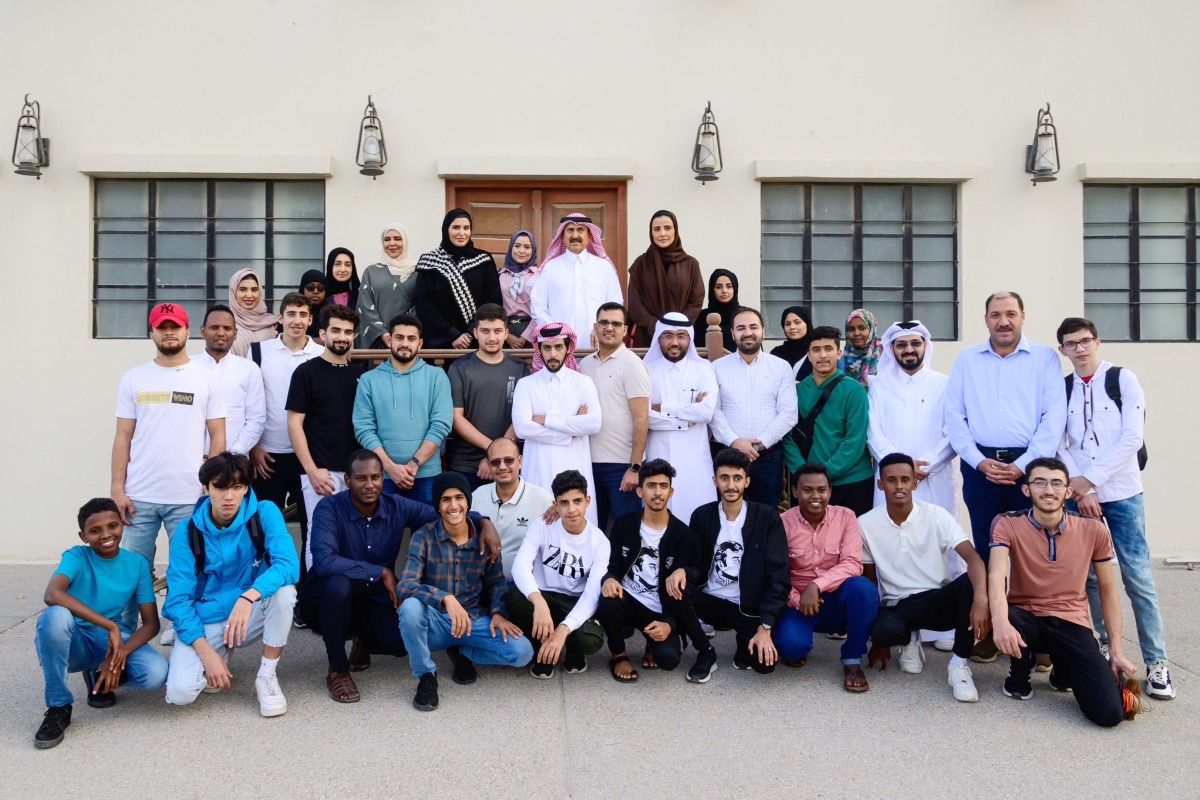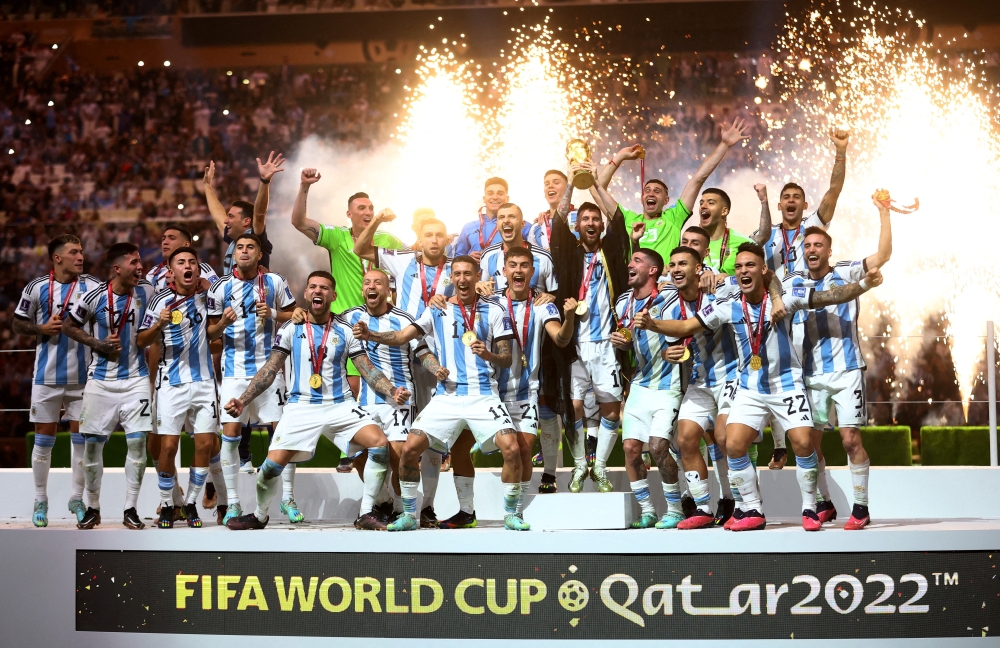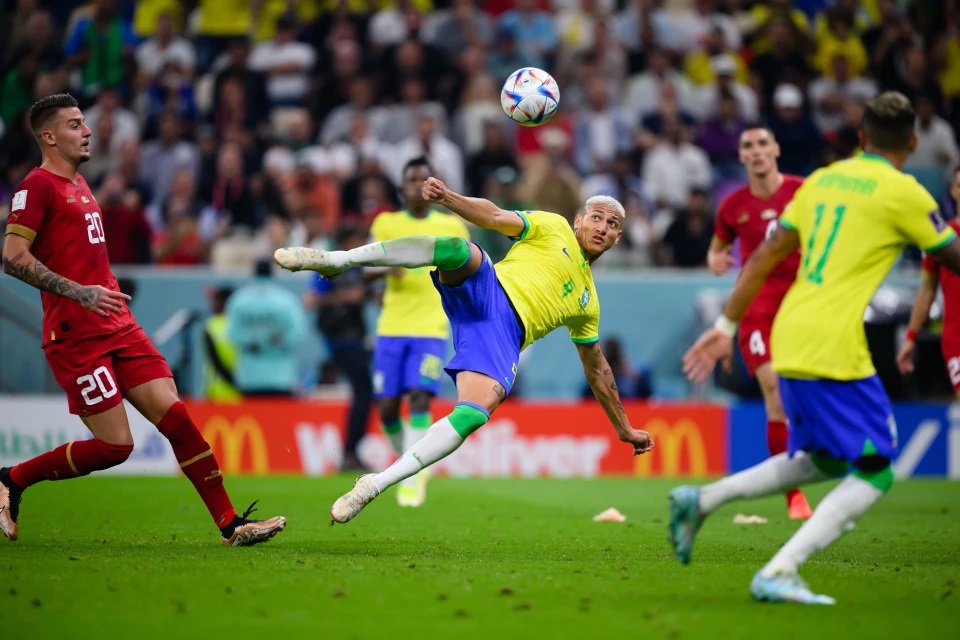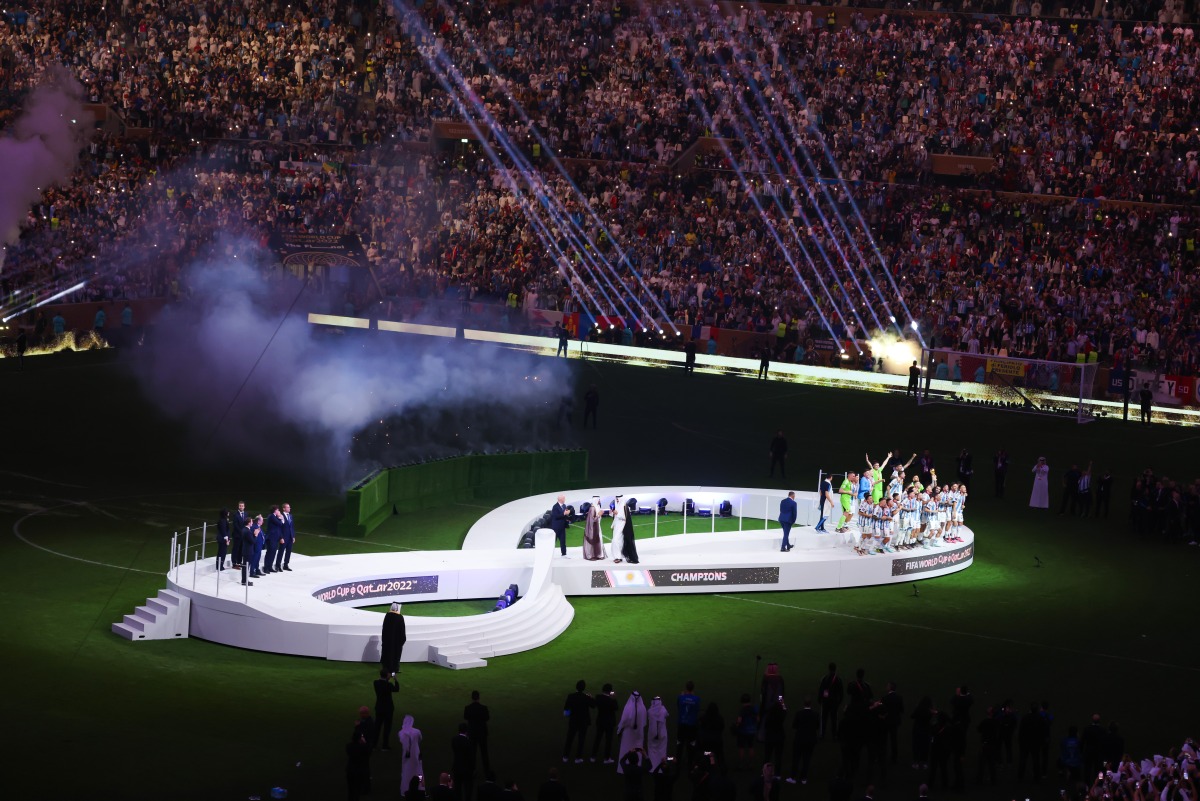The 2026 tournament will draw on the knowledge gained from Qatar’s success in making the FIFA World Cup there accessible for people with disabilities.
The FIFA World Cup in Qatar is significantly improving the accessibility of the nation for people with disabilities, and Qatar will share this information with organizers of the FIFA World Cup in the Americas in 2026.
“In terms of for the next tournament that will be in North America, US, Canada and Mexico, there are a number of lessons I think, that will go forward that are really important,” said Accessibility and Inclusivity Strategist at Supreme Committee for Delivery & Legacy (SC) Mark Dyer.
Speaking to The Peninsula, Dyer said that the accessibility facilities made inside, and outside stadiums and the numbers of seats allocated for fans with disabilities are the main lessons to be taken forward during the next tournament.
“Within the stadium environment there are key things we have learnt… it talks a lot about sensory rooms is one aspect, whether it’s an autistic adult or autistic child, but spaces that make them comfortable. The other areas are things like adult changing facilities for people with disabilities, which every single stadium has. That is a benchmark that FIFA can look to take forward to the next tournament as well,” said Dyer.
Across the eight World Cup stadiums in Qatar 1% of all fixed seats must be aisle seats with no armrest or with a removable or folding armrest to accommodate people with a reduced mobility.
“So, 1% accessible seats in every single stadium are a huge number,” said Dyer. “I think in terms of seating, there’s never been so much seating for stadiums across any other tournament of this size or scale,” he added.
Dyer said that audio-descriptive commentary and accessibility volunteers are among several other elements which are benefitting fans.
“So that’s (facilities within stadiums) one thing that FIFA can adopt very directly in a stadium in a particular city. This is what we now know works, and we undoubtedly will have conversations saying this is our benchmark today,” said Dyer.
To mention, in a letter of intent signed during the fifth US- Qatar Strategic Dialogue both parties announced their intention to exchange World Cup knowledge and draw conclusions and build on the success of Qatar in making the FIFA World Cup Qatar 2022 accessible for persons with disabilities and apply the learned lessons in future tournaments, including the FIFA World Cup 2026 that will be held in the US, and find places that allow more inclusion and accessibility for people with disabilities.
The lessons from Qatar can be applied to the 2026 FIFA World Cup, which will also be co-hosted by Canada and Mexico, but adjustments may be necessary to meet the demands of the event.
“A tournament will take place in four more years. “What we have done today is what we have learned from planning over the last ten years,” he added, adding that factors like the number of spectators and the type of difficulties might be taken into account in the upcoming competition.

















Leave a Reply